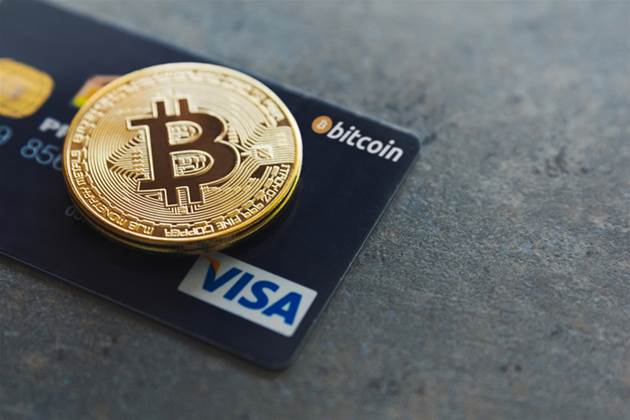The majority of Australian consumers have heard of cryptocurrency, NFTs and other Web3 digital assets however the uptake of these products is still relatively low.

In a new Mastercard global consumer survey, it shows that 21 percent of Australian consumers over the past year held crypto as an investment. Respondents were open to future use include using crypto to redeem rewards, invest and make everyday payments.
If crypto and NFTs were better regulated, consumers would be more inclined to use them, according to the report.
According to those surveyed, 62 percent agreed that governments should regulate the cryptocurrency and stablecoin industry, while 49 percent would feel more confident investing in crypto or digital currencies that are issued or backed by a reputable organisation.
Recently, the Australian government signalled it would begin its path to regulating the growing sector.
In terms of other digital payments such as digital wallets, QR codes and buy now pay later (BNPL), more than 80 percent of respondents have used one of these technologies in the past year.
Fifty one percent of Australian consumers increased their usage of at least one digital payment method during the same period, demonstrating momentum.
The Mastercard New Payments Index (NPI): a global consumer survey spanning five regions and 40 markets, including Australia and six others in the Asia Pacifi highlighted that 44 percent of respondents are cutting back on their cash payments.
Richard Wormald, Division President Australasia, Mastercard, said, “While the pandemic accelerated the adoption of new payment technologies, Mastercard’s research shows that Australians have consistently demonstrated a willingness to embrace innovative, digital payment options. The survey findings also reinforced the need for businesses to provide choice to meet consumer needs and expectations, both online and offline.”
Australian consumers’ appetite for seamless, convenient, and secure digital payment methods has continued to grow, however, respondents indicated that they had reservations about the security and institutional backing of new options.
When deciding which payment method to use, 56 percent of respondents said security had the greatest influence on consumer choice, following rewards (30 percent), discounts/promotions (28 percent), and low interest rates (21 percent).










 iTnews Executive Retreat - Security Leaders Edition
iTnews Executive Retreat - Security Leaders Edition












_(1).jpg&h=140&w=231&c=1&s=0)



